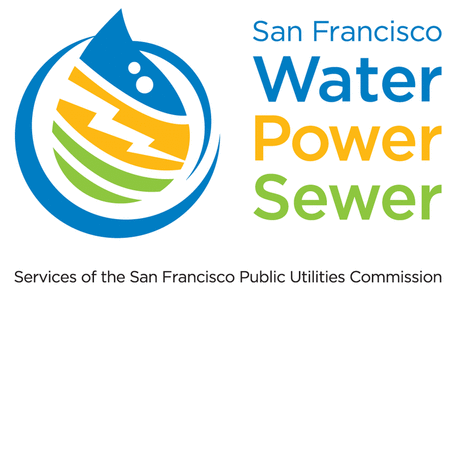The Institute is generously supported by an anonymous donor, the Clarence E. Heller Charitable Foundation, the Horace W. Goldsmith Foundation, and the San Francisco Public Utilities Commission.


Students will watch The Story of Poo, accessing prior knowledge and experiences to build on what they learn from the video. An interactive game will give students the opportunity to follow our poo, pee, or paper through San Francisco's sewer system, and find out where it ends up!
Through this video and activity students will:
The Story of Poo answers the question of what happens after we flush the toilet in San Francisco. We meet a young inquisitive San Francisco student who leads us through the ins and outs of our city's sewer system and treatment facilities. Together we build our knowledge and understanding of what our sewer system does and how it impacts our lives and the local environment.
This concise and engaging video supports students’ learning about how engineering helps keep our local environment healthy.
Bring students back together to discuss:
Add new thoughts and notices to the class concept map.
Scale Down: the game can be played as a whole class or done as a small group activity
Scale Up: the class can Adopt a Drain through SFPUC near their school
To further the discussion, prompt students to think about or discuss...
Disciplinary Core Ideas
Cross-Cutting Concepts
Big Idea 4 (K-2): Sewer systems have to clean dirty water from buildings as well as streets, so it is important to be careful about what we put down toilets and drains, and keep trash off our streets.
The Institute is generously supported by an anonymous donor, the Clarence E. Heller Charitable Foundation, the Horace W. Goldsmith Foundation, and the San Francisco Public Utilities Commission.
